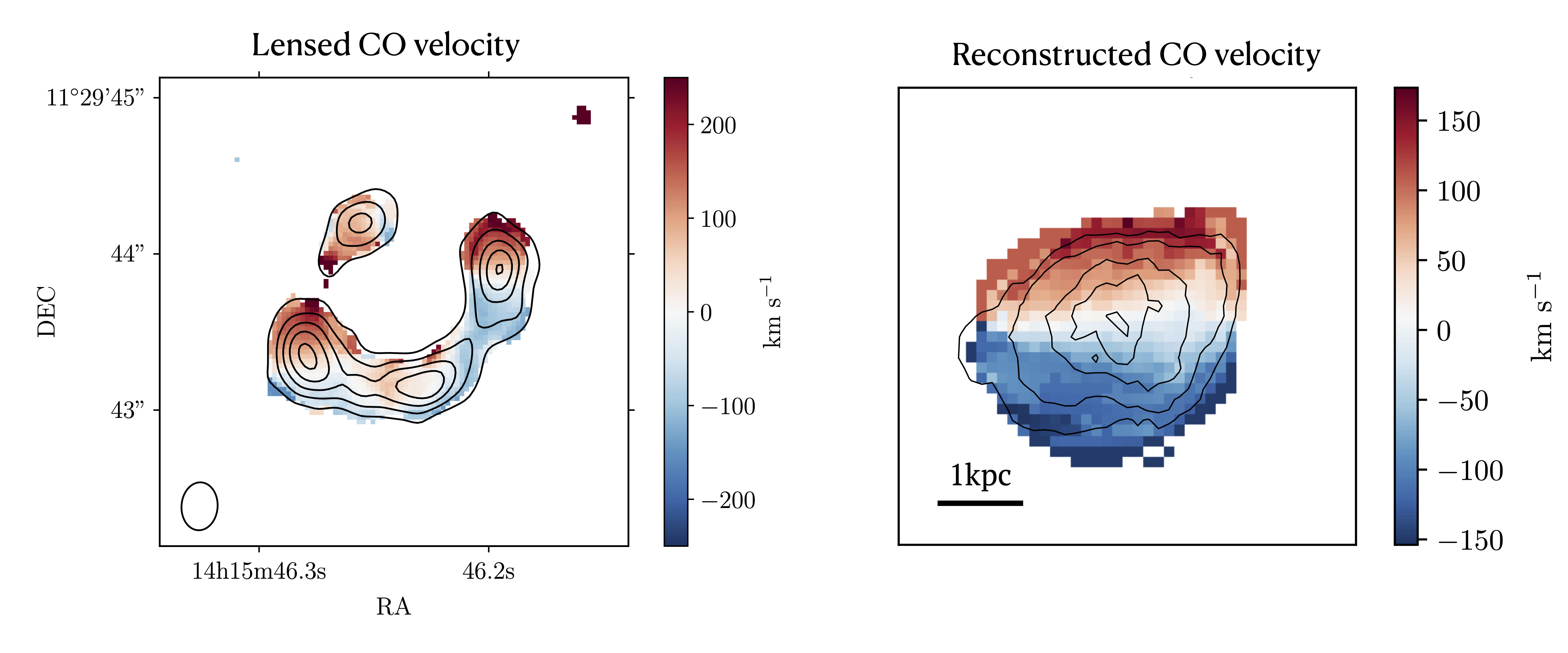Daily Image
10-09-2020Colloquium 10 September 2020 - Hannah Stacey (MPA Garching)
| Submitter: | Hannah Stacey |
| Description: | The rocky road to quiescence: zooming in on massive galaxy formation at cosmic noon ABSTRACT: A key aspect of the study of galaxy evolution is understanding how massive galaxies in the Universe formed and grew concurrently with their supermassive black holes. Quasars are thought to appear in a stage in the formation of massive galaxies during which the black hole is rapidly accreting and the galaxy is transitioning from a dusty star-forming galaxy into compact spheroid. We have investigated such objects during the peak of cosmic black hole and galaxy growth by exploiting strong gravitational lensing phenomena. In a survey of 104 lensed quasars systems (z~1-4), we found that most have high levels of obscured star formation while accessing luminosities 10x fainter than typical Herschel far-infrared surveys. We followed up seven of these lens systems with observations using the Atacama Large (sub-)Millimetre Array (ALMA) to investigate the structure and kinematics of the molecular gas. We resolve the dust and gas in combination with a sophisticated pixellated lens modelling technique. We find that some quasar host galaxies can be characterised by sizes similar to coeval dusty star-forming galaxies (Reff ~ 2 kpc), while some are more compact with sizes similar to coeval passive galaxies (Reff ~ 0.5 kpc). For one system where we probe the molecular gas reservoir, we find a very low gas fraction (0.06±0.04), compact size and short depletion timescale (50±40 Myr) suggesting we observe it in a later stage in its transition. In general, our results suggest that quasar host galaxies are dusty star-forming galaxies that are rapidly approaching quiescence, and may quench with or without help from active galactic nuclei feedback. |
| Copyright: | Hannah Stacey |
| Tweet |  |
